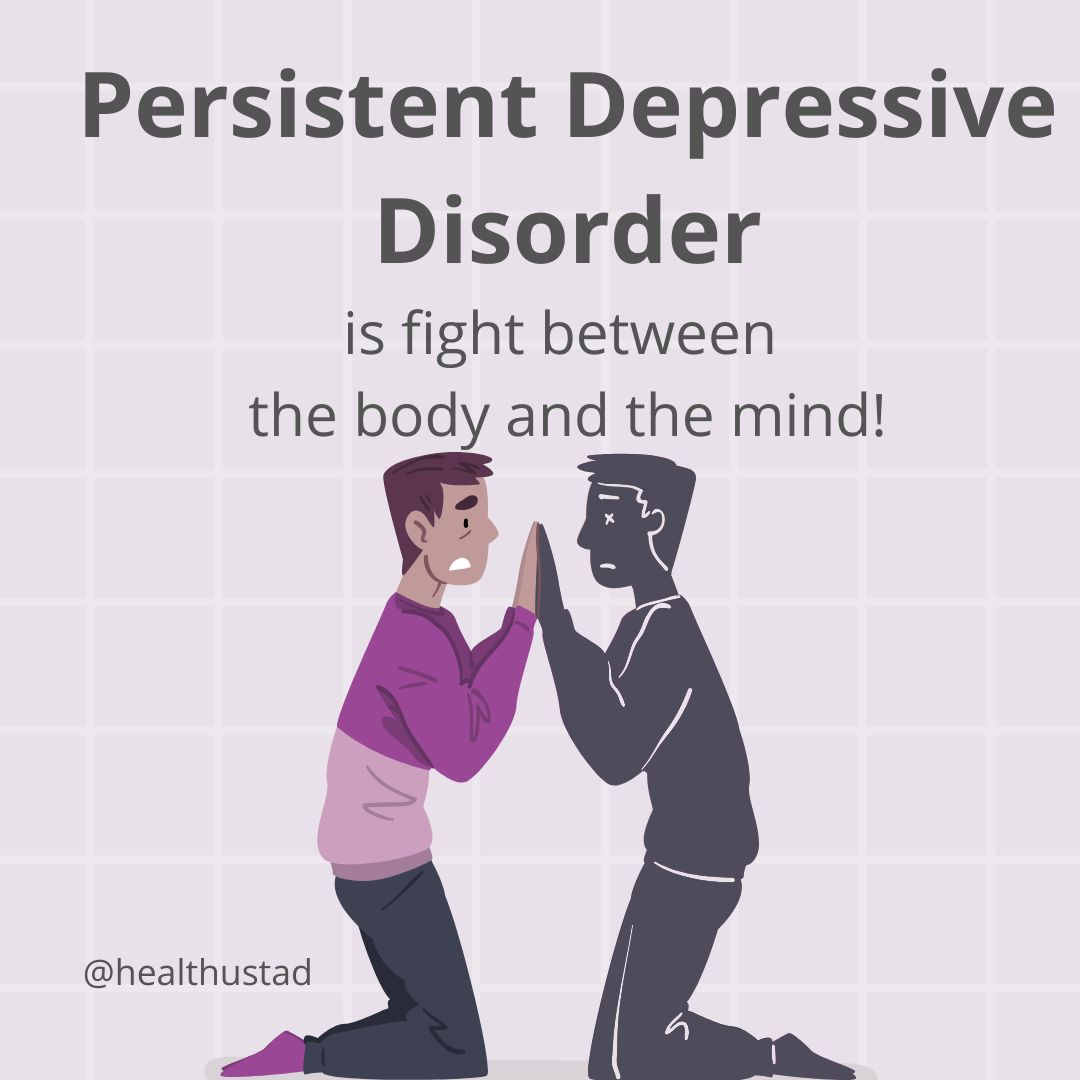Persistent Depressive Disorder

A Comprehensive Guide to Understanding Persistent Depressive Disorder (ICD-10).
Mental health experts know that depression symptoms are not severe in every type of depression. Some types of depression take a long time to develop severe symptoms. These severe symptoms of depression can affect your daily life functioning. Persistent depressive disorder icd 10) is a kind of chronic depression. Persistent depressive disorder was previously known as dysthymic disorder. This is a depressive disorder that lasts for several years. People with this disorder experience frequent symptoms of sadness, fatigue and hopelessness.
What is persistent depressive disorder?
Persistent depressive disorder, ICD-10, is a chronic depressive disorder with persistent symptoms of sadness, hopelessness and fatigue throughout the day. These symptoms of persistent depressive disorder, according to DSM-5 TR, are:
Diagnostic Criteria A.
In persistent depressive disorder individual feels depressed mood for most of the day, nearly every day. This depressive mood is a subjective feeling, and other persons around the person also feel this.
Note: In children, depressive mood can be shown in the form of irritable mood.
Diagnostic Criteria B.
Depressive mood symptoms can be two or more than two from the following symptoms:
- Overeating or lack of appetite
- Lack of sleep means insomnia or hypersomnia
- Lack of energy and fatigue
- Lack of decision-making
- Lack of concentration
- Feeling of hopelessness
Diagnostic Criteria C.
These symptoms must be present for 2 years in adults and for 1 year in children. For diagnosis individual has never been without above mentioned symptoms.
Diagnostic Criteria D.
Symptoms of Major depressive disorder can also appear within two years.
Diagnostic Criteria E.
An individual can also show manic or hypomanic episodes.
Diagnostic Criteria F.
These symptoms are not due to any other mental condition.
Persistent Depressive Disorder Effects on Daily Life:
Individuals with persistent depressive disorder show disturbance in their daily life activities. Some common effects of persistent depressive disorder on daily life activities are:
- Overeating or hunger
- Feel exhausted in performing daily life tasks
- Lack of sleep or excessive sleep
- Poor self-esteem
- Disappointment and low energy
Not having enough energy or feeling exhausted.
Difficult to focus and make choices.
Insomnia or excessive sleep.
Consistent sentiments of despondency or poor self-esteem
Sometimes the symptoms of persistent depressive disorder overlap with anxiety, generalized anxiety and mania.
Difference between Persistent Depressive Disorder and Other Disorders:
As we describe, persistent depressive disorder shares some symptoms with other psychological disorders as well. But the major differences between these disorders are:
In chronic major depressive disorder, individuals have separate episodes with symptom-free intervals, while in major depressive disorder, there are no symptom-free intervals.
Disruptive mood dysregulation disorder is mostly present in children and teenagers. In DMDD, individuals have temper outbursts.
In personality disorders, individuals have symptoms of avoidance, dependence and nonetheless.
Deeply understanding the symptoms and their differences from all other overlapping disorders will help in the right diagnosis.
Diagnoses and Evaluations
As you have seen in DSM-5 TR that the duration of symptoms is 2 years for the diagnosis of persistent depressive disorder icd 10. An individual must have the symptoms mentioned in diagnostic criteria B, including lack of appetite, lack of sleep and lack of energy.
For professional diagnosis of persistent depressive disorder icd10, mental health experts use different methods. The methods for proper diagnosis are open and closed-ended interviews, tests and subjective tests. After diagnosis, professional treatment is required to recover.
Treatment and Management of persistent depressive disorder 10
There are many treatments for persistent depressive disorder icd 10. These treatments include
-
Psychotherapy
Professional researchers formulate many therapies to treat psychological disorders. Therapies include Cognitive behavioral therapy CBT, Interpersonal Therapy IPT, and Behavioral Therapy BT. These therapies will guide you on how to deal with daily life stressors, how to overcome negative thoughts and for emotional control.
2. Antidepressants
Some antidepressants are also used to treat persistent depressive disorder. Some SSRIs and SNRIs are used. They regulated the secretion of hormones and neurotransmitters, which control mood.
3.Exercises
Regular relaxation exercises help to elevate mood and reduce symptoms of depression. These include deep breathing, meditation, self-talk, and a balanced diet.
4.Social Support
Social support is one of the main treatment helpers. Family, peers and society are the main influencers to depress or elevate mood. Family support can reduce your loneliness.
Prognosis of Persistent depressive disorder:struggling with any related symptoms, then must consult a mental health professional for an on-time diagnosis and treatment.